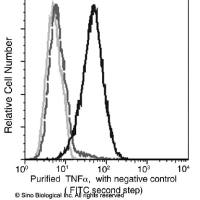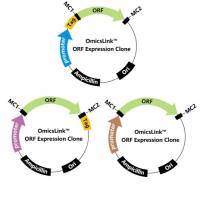Microinjection of In Vitro Transcribed RNA and Antisense Oligonucleotides in Mouse Oocytes and Early Embryos to Study the Gain-and Loss-of-Function of
The oocyte is a useful model for the investigation of the function of various genes, especially those involved in meiosis. Since meiosis and mitosis are very similar processes, oocytes could prove useful in elucidating the role of genes in cellular proliferation. Indeed, the identification of the involvement of c-mos in meiosis is an excellent example of the manner in which oocytes have proven useful for establishing gene function (1,2) . c-mos is the cellular homolog of the viral mos oncogene of Moloney murine sarcoma virus (1) . It is a member of the src kinase family and is expressed at very low levels in some adult tissues (3) . However, the levels of c-mos expression are very high in male and female germ cells, thus suggesting a function for mos in meiosis (4) . Loss-of-function studies by microinjection of 5′ ATG spanning antisense oligonucleotides established this point when Xenopus oocytes failed to undergo germinal vesicle stage breakdown and thus failed to complete meiosis. In a similar fashion, the role of other genes, such as ras , and ets2 , has been shown to be necessary for oocyte maturation in Xenopus oocytes (5 –7 ). Xenopus oocytes have been widely used to study the function of genes, because the oocytes translate injected mRNAs with high fidelity. However, Fig. 1 . Microinjection of HSP70 antisense mRNA into one-cell mouse embryos results in inhibition of HSP7O expression. Immunoprecipitation was carried out pith an HSP70 antibody and the immunoprecipitate resolved on a 10% SDS-PAGE gel. C = control; AS = antisense injection; S = sense injected. It is clear that HSP70 is being expressed in control embryos and at greater levels in sense-injected embryos, and that its expression is inhibited in antisenseinjected embryos.
![预览]()






